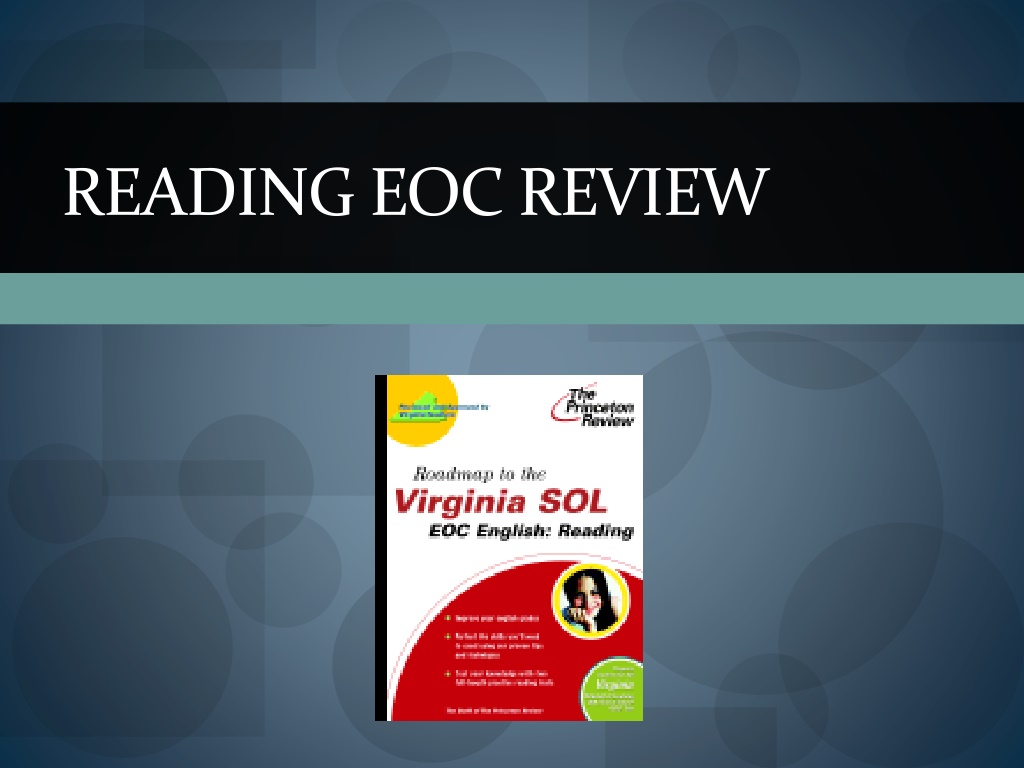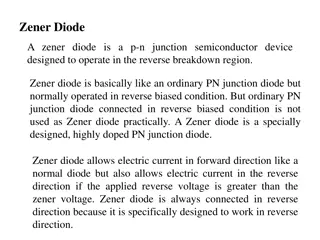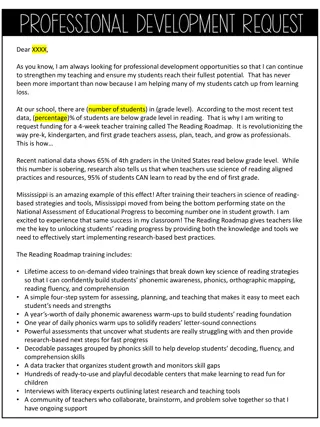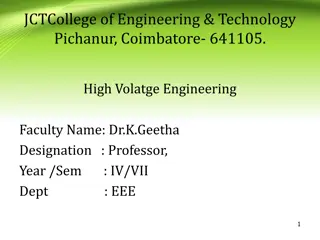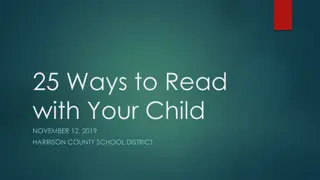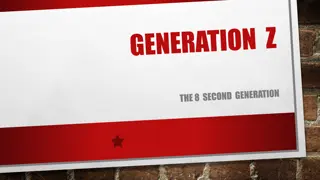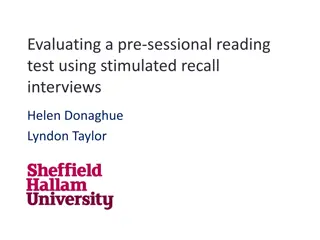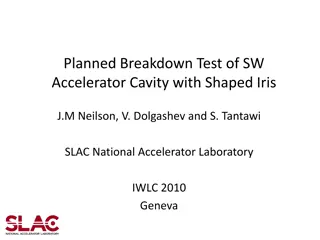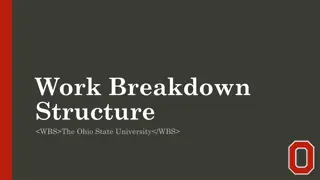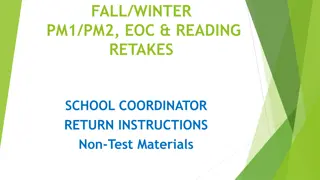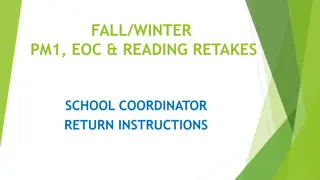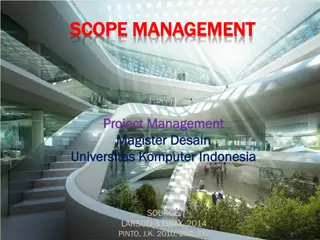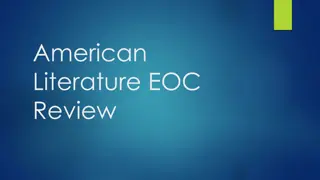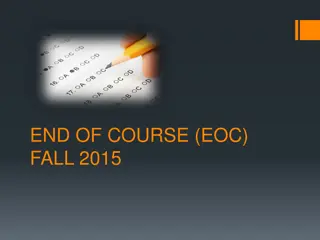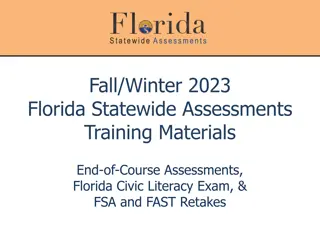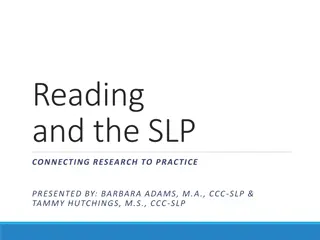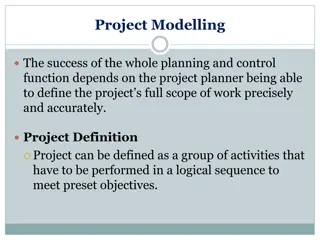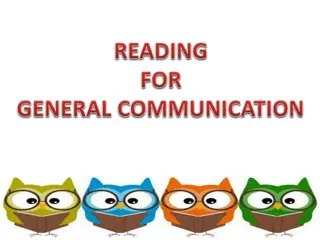Reading EOC Review: Test Structure, Types of Selections, and Breakdown
The Reading EOC Review covers the test makeup, types of reading selections, and breakdown of questions and content to help you prepare effectively. The test comprises sections with 55 scored questions to be answered, focusing on functional literacy and narrative/fiction elements, including poetry, paired readings, and textbook excerpts. Attention is given to various question types such as inference, point of view, theme, and literary devices, along with vocabulary and fiction-related questions. Understanding the test structure and content can aid in achieving a passing score.
Download Presentation

Please find below an Image/Link to download the presentation.
The content on the website is provided AS IS for your information and personal use only. It may not be sold, licensed, or shared on other websites without obtaining consent from the author. Download presentation by click this link. If you encounter any issues during the download, it is possible that the publisher has removed the file from their server.
E N D
Presentation Transcript
Make-up of the test ? sections / 65 questions 10 questions are thrown out 55 questions scored 33 +/- to pass (cut scores not set yet) Keep a tally of ones you re pretty sure you got correct
Types of reading selections Functional literacy Look at the questions Find the answer Could be paired Inference questions
Types of reading selections Narrative/Fiction Questions you ll see: Point of View Conflict Theme Tone (how does the writer want you to feel when you finish reading?) Literary devices Could be paired with a poem Sequence charts
Types of reading selections (new!!!!) Poetry is a possibility Questions about figurative language Questions about tone Questions about imagery Questions about author s intent Sequence charts Venn diagrams
Types of reading selections (new!!!!!) Paired Readings Story/Poem 2 poems Non-fiction/poem Compare/contrast Venn diagram These will be tab readings
Types of reading selections A selection from a textbook Preview the section Read the questions Look for the answers Look for key words that will help you find the answer Could be paired
The Breakdown 10 vocabulary questions (could be context, word origin, idioms, figurative language) Will be embedded in selections Look for context/word origins in non-fiction Figurative language in poetry and fiction
The Breakdown 18 fiction questions Make inferences, predictions Main idea and purpose Compare/contrast Summarize Word choice/diction Literary elements (plot, theme, point of view, tone) Historical context Literary devices (figurative language, imagery, alliteration)
The Breakdown 27 non-fiction questions Text structures Inferences Functional literacy Analyze/ synthesize information in order to solve problems, answer questions, or complete a task Textbooks Articles Purpose/main idea Identify arguments Fact/opinion Accuracy of information
Ask and Answer Questions 1. First, you must Read the question and the four responses. Sometimes you will be looking for a particular fact or a summary of the paragraph. 2.Next, you must locate the paragraph (Return) and read it again (Reread). 3.Next, you will reread the 4 question responses and think about if any of them match what you have just read.
Ask and Answer Questions 4. As you read each distracter, you will scratch it out if it doesn t match the questions stem. You should scratch out three distracters. 5. Note: If you are looking for a fact match, you will simply match the correct question to the facts you just read. If it is a summary match, you must first summarize the paragraph in your head, and then match your summary to the correct answer. 6. The correct question should have some matching words or thoughts to the paragraph.
Ask and Answer Questions 7 Despite this fact, the divers were not expecting to find any sunken treasure. They knew that Blackbeard and his crew had probably taken all of the ship s valuables when they left the ship. What they have uncovered is most of the ship s wooden hull. Also, they have discovered many artifacts including the ship s bell (made in 1709), a blunderbuss, pewter plates, parts of a brass scientific instrument, and eighteen of its legendary forty cannons. Which question is answered in paragraph 7? A.Where were the ship s bells made? B.What artifacts have been found? C.How many pewter plates were found? D.When will the search end?
Ask and Answer NOT questions 1. First, read the question and the four responses. 2.Next, locate the paragraph/passage (Return) and read it again (Reread). 3.Next, reread the 4 question responses and think about if any of them match what you just read. If they match, you scratch them out.
Ask and Answer NOT questions 1. Note: If you are looking for a fact match, you will simply match and scratch the correct question to the facts you just read. If it is a summary match, you must summarize the paragraph first, and then match and scratch your summary to the correct question. 2.The correct question should NOT have matching words or thoughts to the paragraph.
Ask and Answer NOT questions Which question is notanswered under Required Testing in Section C? A. How many questions must be answered correctly on the knowledge exam? B. What should be studied to prepare for part two of the knowledge exam? C. Which physical condition is a factor in obtaining a driver s license? D. What kinds of skills are being tested on a road test?
Characterization Questions 1. First, read the question to find out WHO it is talking about. 2.Next, highlight the name of the person in the question. 3.Next, highlight any strategy words in the question. (i.e. best. ) 4.Underline any words that direct you to a particular portion of the story. 5.From this point, go back to the passage and circle the portion that you will need to reread to answer the question.
Characterization Questions 1. Next, reread the circled section to find out what the character THINKS, SAYS or DOES. Highlight any clues. 2.As you read that part of the passage, do you get a feeling about the character? If you do, it may lead you to choose the correct answer. 3.Predict the correct answer. 4.Using your prediction, eliminate two choices(50/50). From the remaining choices, choose the answer closest to your prediction.
Characterization Questions 1 Danny would not believe his eyes when he opened the box. The in-line skates he had begged for were there. I m glad you like them, but always remember to wear your wrist and kneepads, his mother warned. 2 Sure, Mom, he said as he ran out the door. Come on, Pete. Let s go play hockey. 3 Danny was so anxious to play that he forgot to wear the pads. He soon discovered that skating was hard. By the time he came in for dinner, his knees and hands were bruised and scraped. Q: At the end of the story, Danny probably feels A.Excited B.Anxious C.Sore D.Scared
Context Clues: Try all 4get the score! Q: In paragraph 2, the word glanced means --- A.looked B.flew C.called D.dreamed
Summarizing 1. First, read the question and four responses. 2.Next, highlight what paragraphs are needed to answer the questions. 3.Reread the paragraph(s) and look for a repeating idea. 4.State the repeating idea in a complete sentence. (Make a summary statement.) 5.Next, match your sentence summarizing the selection to the answer choices. (You may have to put some ideas together.)
Summarizing Q: Which is the BEST summary of the first three paragraphs? A.Jane s interest in animals as a child led to her working with animals as an adult. B.As a child, Jane caused her mother to worry when she disappeared to look for animals to watch. C.Even when she was a little girl, Jane dreamed of traveling to wild and interesting lands. D.Jane always wanted to be a teacher and share what she knew with other people.
Authors Purpose 1. Read the passage carefully. 2.Examine the words and style the author is using to give you information. 3.Ask yourself the questions described in the next slide 4.Select the purpose.
Authors Purpose Explain: inform, tell how to, give instructions, instruct, teach, show, demonstrate, give an example, prove, give facts, gain facts, learn about Persuade: convince, encourage, to help stop, advertise, express a concern, warn, frighten Entertain: is humorous, tells an interesting story, makes you laugh (always this if it is fiction) Describe (refers to the five senses; heavy use of adjectives)
